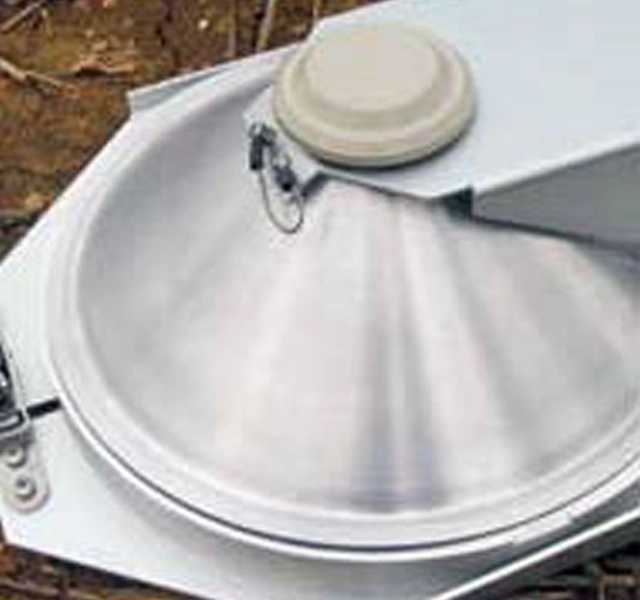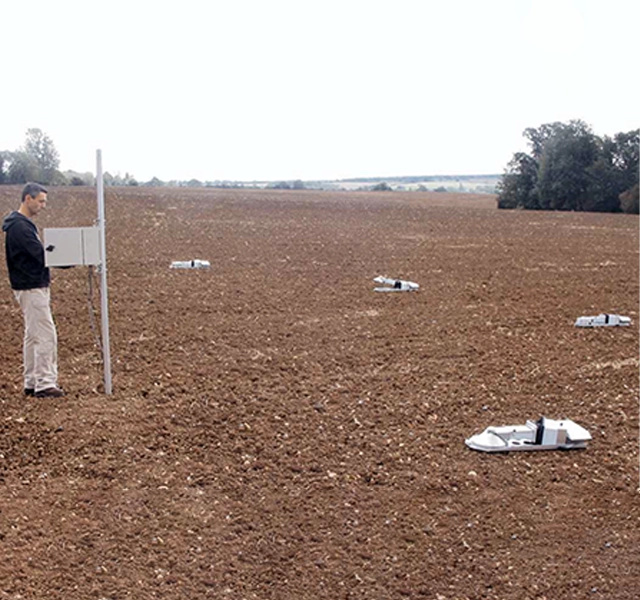ACE
Automated
Automated Soil CO2 Flux Systems – with integrated data collection for multiple stations.
Designed for long-term, unattended monitoring of soil CO2 Flux.
During analysis cycles, the soil is exposed to ambient conditions before the chamber closes to take measurements. The ACE will continue to collect data without any human intervention for as long as permitted by its battery life or electrical source. This makes the ACE an ideal research instrument for continuous assessment of below-ground respiration and carbon stores in on-going experiments into the quantitative nature of the carbon cycle.
The ACE system is an automatic, long term, unattended, soil CO2 Flux system. Each station has its own infrared gas analyzer and each IRGA has its own auto-zero calibration capability for the most reliable measurements. Stations can be miles apart or up to 30 stations may be multiplexed for data collection and to use a single power source. Power sources include mains current, batteries, and solar solutions. Data collection may be by data card, serial port, or remote communications.
- Choice of either true open or closed mode chamber designs
- Each station has its own IRGA or infrared gas analyzer that substantially cuts power requirements, eliminates gas hang-ups, and eliminates water vapor dropout
- Up to 4 moisture sensors and up to 6 temperature sensors can be connected to each station
- One station will run up to 28 days with a 12V 40 Ah battery.
- Solar and mains power also available
- Separate stations can be any distance apart, or may be up to 200 meters apart if connected to a master control multiplexer for integrated multiple instrument control and data collection.
Closed mode design chambers measure NCER or Net CO2 Exchange Rate for soil flux. Closed chambers measure faster.
Open mode design chambers measure NCER or Net CO2 Exchange Rate for soil flux. Open chambers measure soil CO2 flux at chamber equilibrium. Open chambers are recommended when there are high photosynthetic rates and for greater accuracy. Measuring times take longer with open chambers.
Soil temperature: Each station can use up to 6 soil thermistor temperature probes at different locations and soil depths.
Soil moisture: Each station can use up to 4 soil moisture probes at different locations and soil depths
PAR: 0 – 3000 µmol m-2 sec-1
CO2: IRGA measurement from 0 – 896 ppm at standard temperature and pressure, 1 ppm or 0.05 mmol m-3 resolution
Flow rate: 200ml min-1 to 5 L min-1 accurate to +/- 3% of FSD.
Transparent and opaque chambers available.
Air pressure
ACE Station
Measurement of CO2:
Standard Range: 0 – 40.0 mmols/m3 or (0-896 ppm at standard temperature and pressure), 1 ppm resolution (0.05 mmols/m3) noise level 1-2 ppm Infrared gas analyzer housed directly adjacent to the soil chamber.
Parameters:
Closed stations report NCER or Net CO2 Exchange Rate determined by the Pedersen (2001) algorithm. Individual assay measurements are made every ten seconds.
Open stations report ΔC or Change in CO2 level in the Open design. Individual assay measurements are made every ten seconds.
PAR – Photosynthetically Active Radiation.
Multiple Soil temperature readouts in deg C.
Multiple Soil moisture readouts as Voltages.
Record number.
Date.
Time.
Cref – Ambient CO2 concentration entering chamber.
Battery power.
Number of measurements in the current experiment.
Maximum time limit for measurement 0- 40 minutes.
ΔCset – A set point at which the CO2 level change terminates the measurement.
Barometric pressure is measured and used in calculations.
IRGA drift correction:
Every station uses auto-zero to zero out IRGA drift before each measurement. Span drift less than 3% over 12 months.
Measurement of PAR:
0-3000 μmols /m2-sec.
Measurement of Soil Temperature:
6 selectable inputs for thermistor or thermocouple devices for different soil depths. Adapters are available for after market products.
Measurement of Soil Moisture:
4 selectable inputs for commercially available sensors. They may be purchased with the system or independently.
Flow Control to Chamber:
200ml – 5L /min (200-3700 μmols).
Flow Accuracy:
+/- 3% of f.s.d.
Display:
240 X 64 dot matrix LCD.
Programming:
Each chamber has a user-friendly interface that is menu driven, and controlled with 5 keys.
Recorded Data:
Removable compact flash cards 1 Gigabyte storage capacity per station.
Power Supply:
External battery, solar panel, wind turbine, AC with converter. One 40Ah car battery provides power for approximately 28 days of continuous use.
Output:
1 Gigabyte Compact Flash data storage card, and RS232 port with User selectable rates of up to 19,200 BAUD (remote solutions available).
Electrical Connections:
Robust waterproof 3 pin din.
Dimensions:
82 X 33 X 13 cm.
Closed Chamber Volume:
2.6 L.
Open Chamber Volume:
1.0 L.
Soil Collar Diameter:
23 cm.
Weight:
9.0 kg.
ACE Master Control Unit
Construction:
Steel electrically sealed enclosure.
Connections:
Either 10, 20, or 30 ACE station docking port versions, 2 battery ports, two Data card ports and a RS232 port.
Display:
Graphic 240 x 64 dot matrix LCD.
Programming:
User-friendly interface driven by only 5 keys.
Recorded data:
Dual Compact Flash card drive.
RS232 output:
User selectable rates of up to 19200 baud.
Power connection:
100 – 240 VAC 50/60 Hz
Dimensions:
30 X 30 X 15 cm
Weight:
12.0kg
Accessories
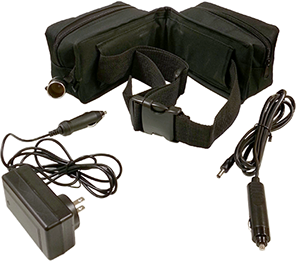
BB-70
70Ah Battery Belt

FL-ARM
Adjustable locking desktop arm

FL-DC
Dark adaptation clip
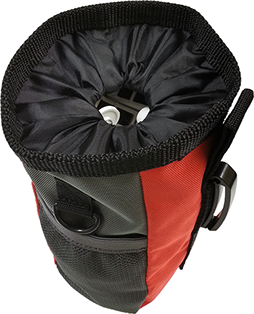
FL-DC50
Pouch of 50 clips

FL-PAR
PAR clip
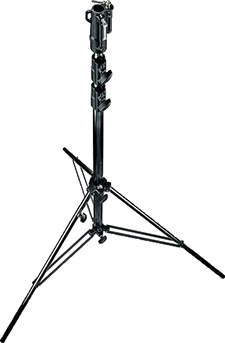
FL-T
Large universal tripod – extends from 1.4m to 3.2m

